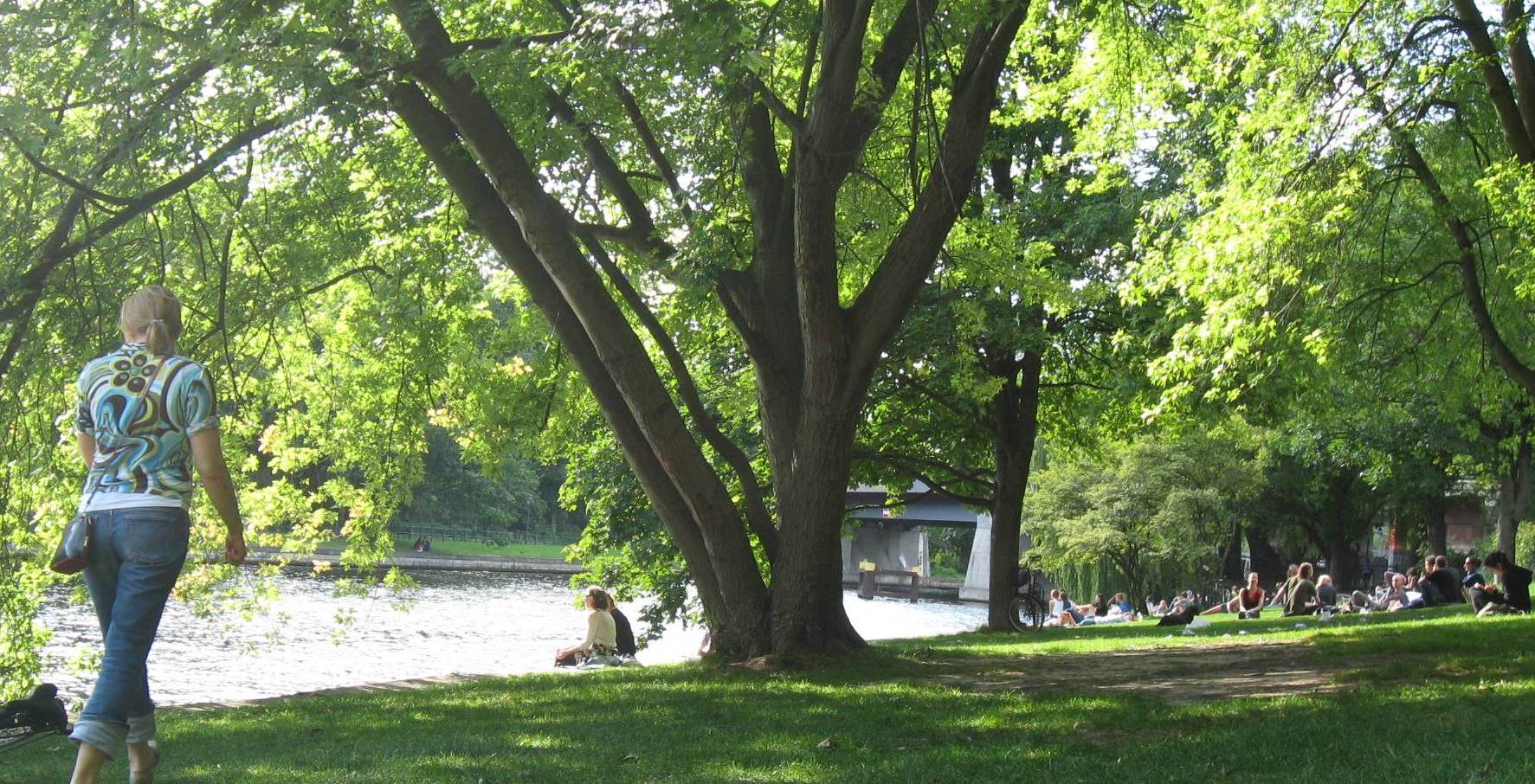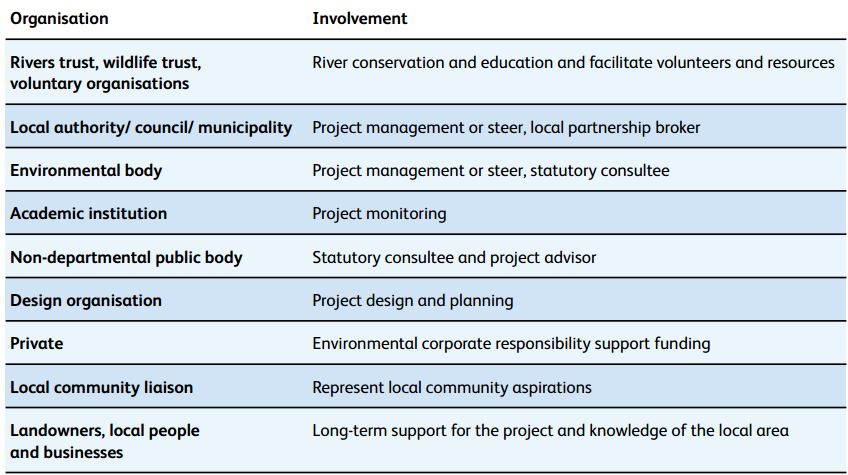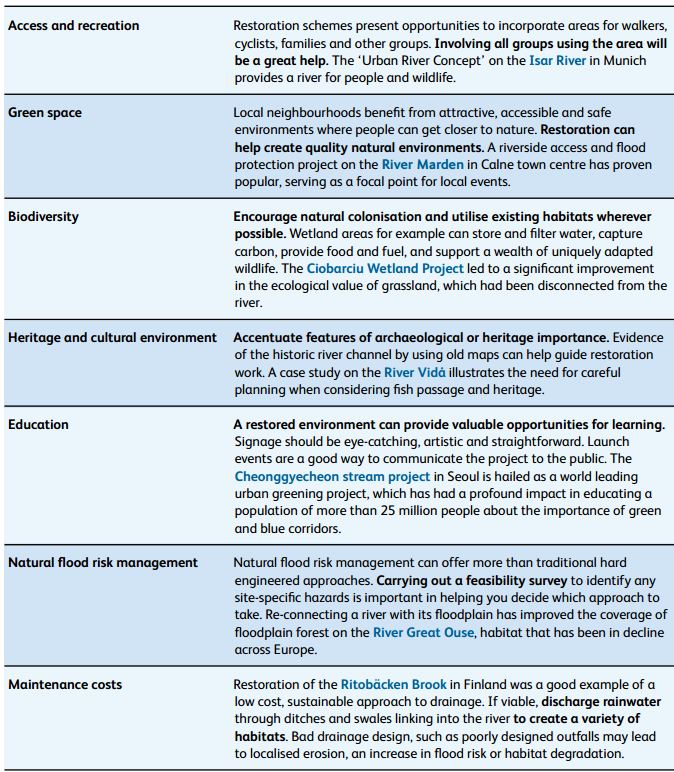
This involves understanding the catchment you are working in (1, 2), bringing together a competent team (3) and taking necessary steps in planning to reduce risk and uncertainty in your project (4).
Follow these four steps:
- Identifying all stakeholders
- Understanding the physical and biological processes
- Importance of an experienced, multidisciplinary team
- Reducing risk and uncertainty
Determining project aims which include all stakeholders’ ambitions and expectations often take time to develop. In some EU Member States, the involvement of all stakeholders is an obligatory process in coordinating basin activities. In France for example, a Master Plan and Water Management plan (SAGE) must be developed by all stakeholders at a basin scale, coordinated by a local Water Commission.
However, in other countries, stakeholders often only become involved for the first time at a later stage during public consultation when project aims and plans have already been drawn-up. Experiences across Europe suggest that both of these contrasting approaches have their benefits and drawbacks. Commonly, this part of any project is known to take a considerable amount of time and this should not be underestimated in the timeframe of the project.
Seeking the views and priorities of all groups and organisations that have a vested interest in the location will ensure that you consider everyone's needs and priorities. While a private organisation funding a project may wish to demonstrate corporate environmental responsibility, the priority for local people and the local municipal authority will be in providing services that benefit local communities. Below is a list of some other organisations that may wish to be involved.

It can be a challenge incorporating different aims within your project, but implementing a scheme that has a wide range of benefits for people and the environment is likely to mean greater public support. This table briefly describes the different areas you can focus on. We have provided a case study to illustrate each point.

Depending on the scope and nature of your project, you will need to bring together the skills, advice and support of a number of specialists. It is important to work with these experts at the start of a project so that its full possibilities can be achieved.
Archaeologist/ heritage professional
Shares knowledge of local heritage and culture to help guide project planning and restoration.
Biologist/ecologist
Checks that project approach and restoration techniques benefit habitats and species found at the site and within the catchment. They also help shape the design.
Community contact
A trusted locally based contact between the project team and the public, and decision-making.
Construction contractor
Makes sure the project is completed on time and budget. Inputs into designs and is available to answer any questions on-site to steer works.
Geomorphologist
Provides advice on river channel and floodplain regarding morphology, sediment and natural river processes. Also advises on project design.
Hydrologist
Expert knowledge about river flow, floods, drought and groundwater systems and how these interrelate.
Landscape architect
Gives direction on project design, landscape and planting.
Project manager
Has overall responsibility for the project, day-to-day management, controlling budgets and communicating with specialists and the public.
Site supervisor
Makes sure everyone meets their health and safety responsibilities on- and off-site.
There are a number of actions that can be taken at the start of the project planning process which can reduce project risk and uncertainty. Reproduced from RRC et al. (2008) "River Restoration: Managing the Uncertainty in Restoring Physical Habitat", p182 (Editors - Stephen Darby and David Sear, Wiley), this includes considerations when completing a tender document for river restoration
Now go to Step II – Design, objective setting and pre-monitoring